Denman Glacier Has Already Lost Over 250 Billion Tons of Ice
The Denman Glacier is one of the largest and fastest-melting glaciers in East Antarctica and alone holds a potential sea level rise of 1.5 meters.
In nearly three decades, the 20-kilometer (12-mile) wide glacier has already retreated some five kilometers (nearly three miles) and lost over 250 billion tons of ice.
The deepest point on continental Earth has been identified under the glacier. This ice-filled canyon reaches 3.5km (11,500ft) below sea level. Only in the ocean are there deeper ones. The canyon (known as the Denman Trough) is mostly cut off from the sea due to all the glacial ice inside and atop of it.
Unlike other glaciers in Antarctica, Denman Glacier faces away from the ocean instead of towards it. This shape allows more warm ocean water to slide down to the glacier's foundation. If the point where the glacier floats on the sea - known as the grounding line - continues to retreat back to the Aurora Subglacial Basin, some 160 kilometers or 100 miles inland, a feedback loop created by the warm ocean water could send all of Denman Glacier's ice to the sea.
Australia’s icebreaking research vessel Nuyina is currently on location so scientists can study what is happening there. It is the vessel’s first dedicated marine science voyage.
Science and technical teams are working with the ship’s crew across 24-hour shifts, using a range of methods, including bathymetry and sediment sampling, to learn more about what is influencing the glacier’s melt rate.
One of the instruments being deployed is a remotely-operated sea glider, which can dive to 1,000 meters to monitor water temperature, salinity and the organisms living in the water column. When the researchers on RSV Nuyina are sleeping, the sea glider can be controlled remotely by colleagues working in the United States.
A key aim of the research being conducted onboard Nuyina is to quantify how much the glacier might contribute to rising sea levels in a warming climate in the centuries to come.
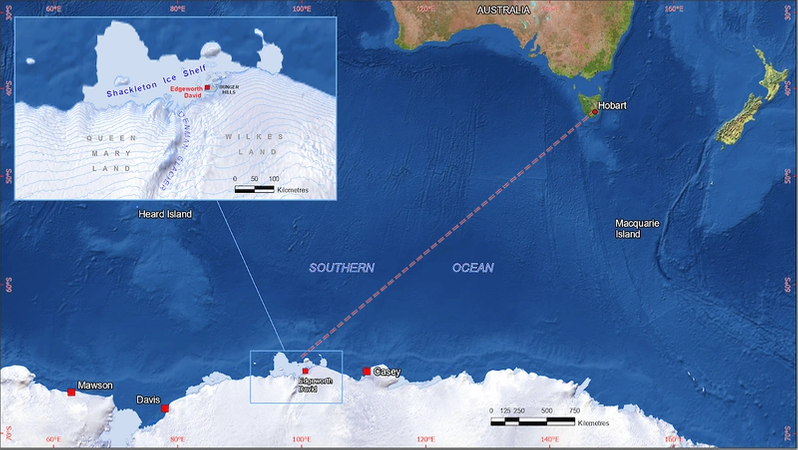
The voyage is a collaboration between the Australian Antarctic Division, Securing Antarctica's Environmental Future (SAEF), the Australian Centre for Excellence in Antarctic Science (ACEAS) and the Australian Antarctic Program Partnership (AAPP).

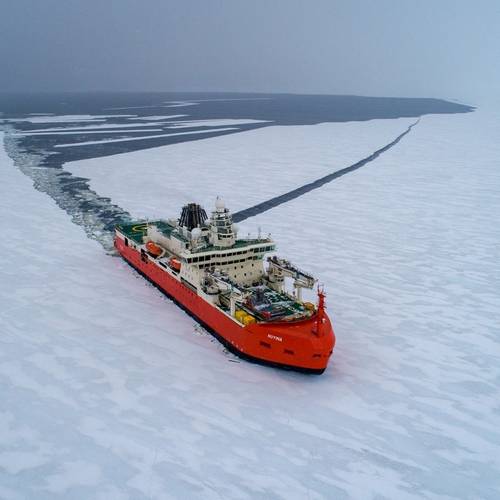
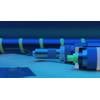
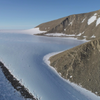

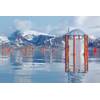

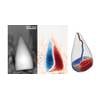







 August 2025
August 2025



